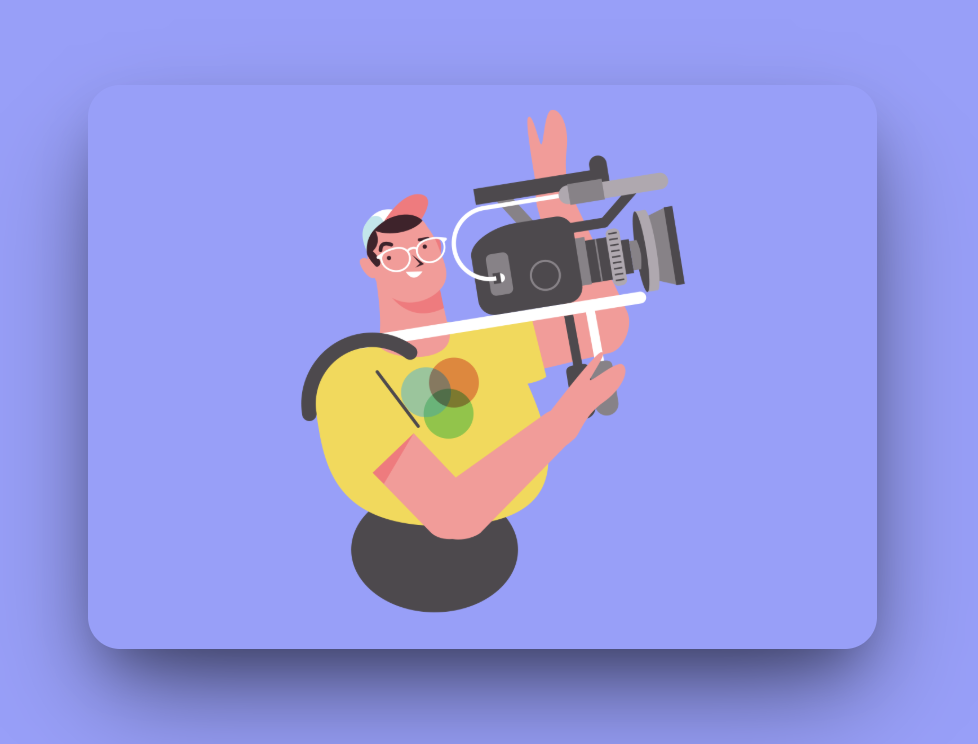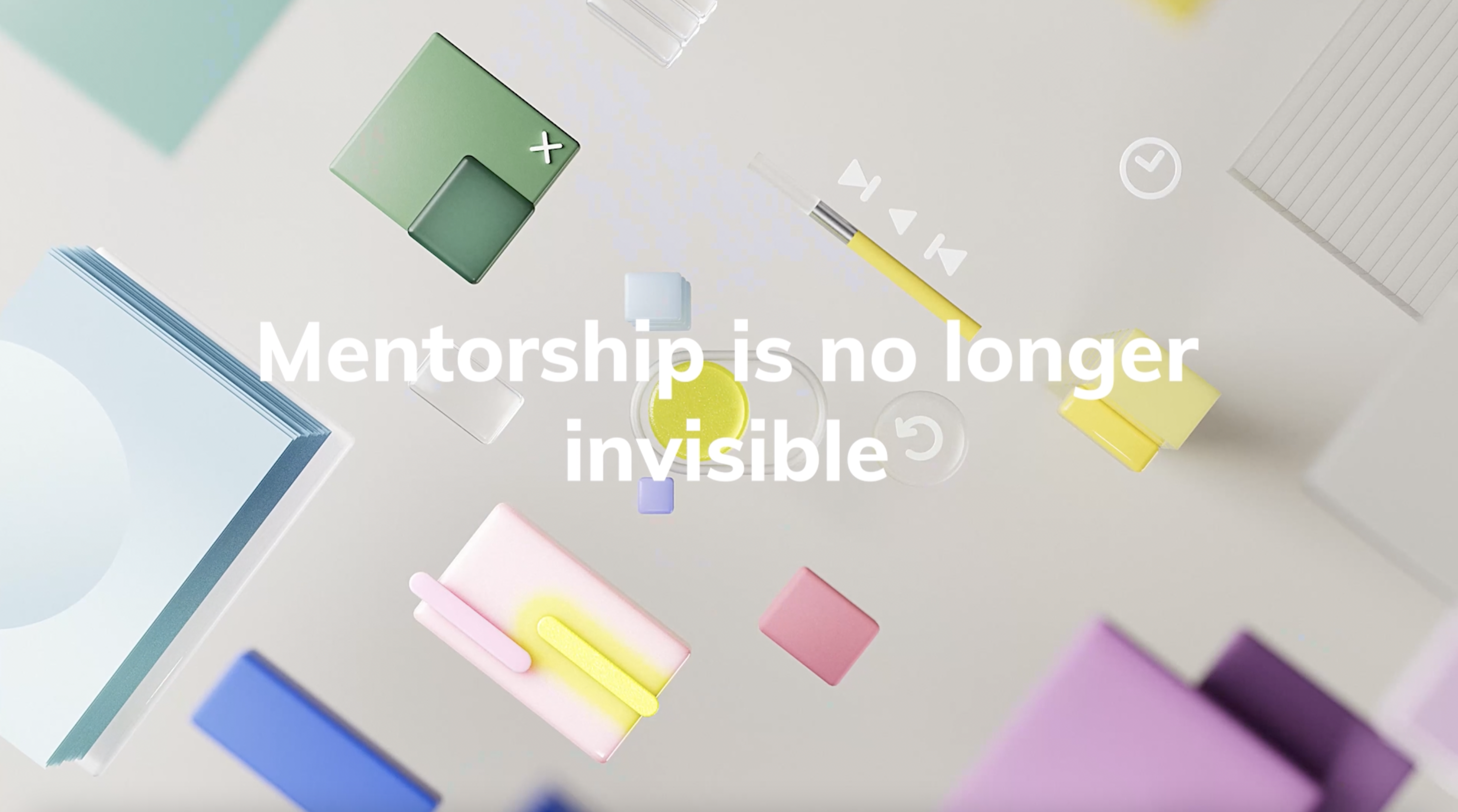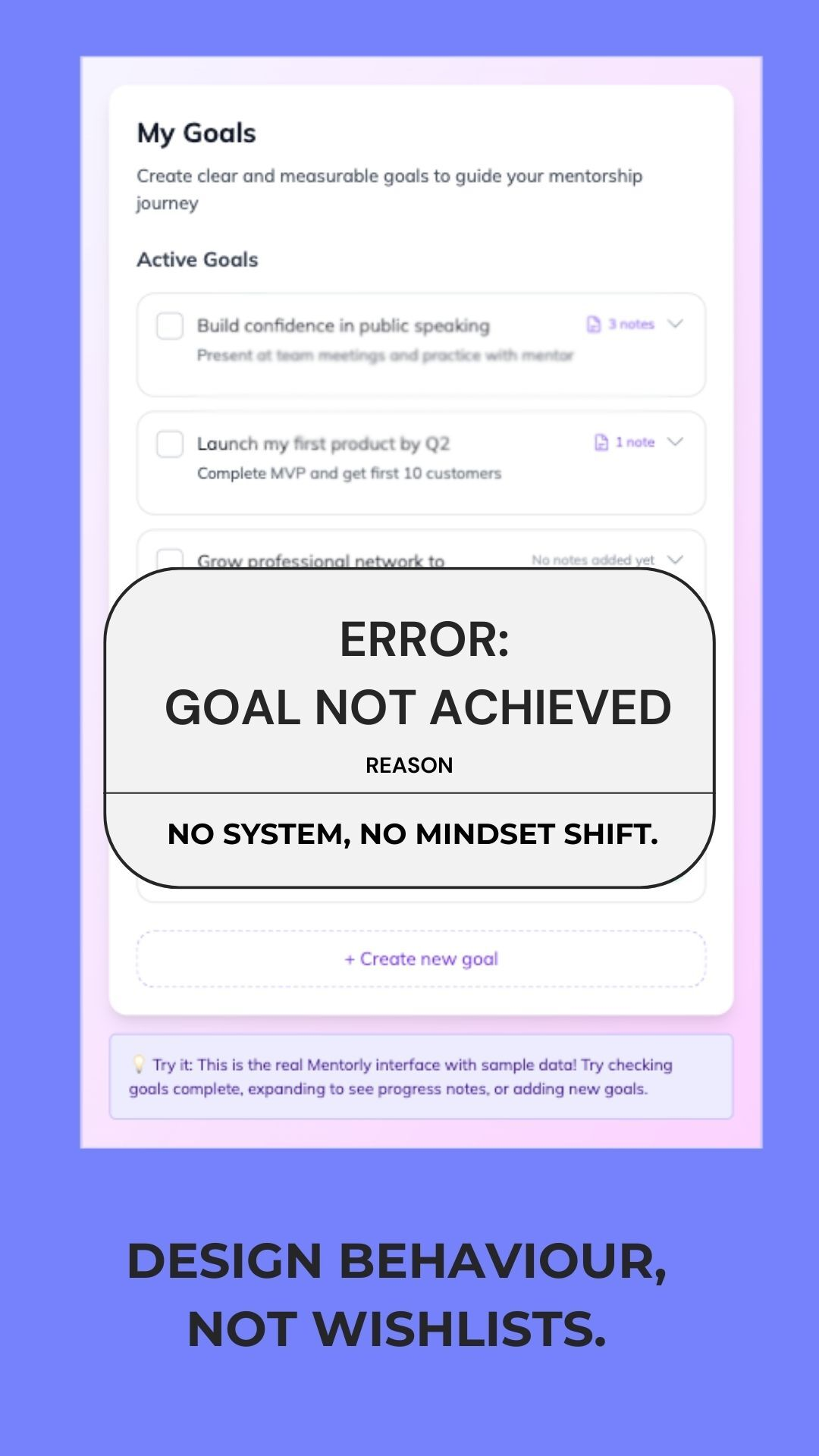Personalized Learning at Scale: Moving Beyond One-Size-Fits-All Training to Individual Learning Journeys
The era of mandatory, one-size-fits-all training is ending. Employees who grew up with Netflix recommendations and Spotify playlists now expect learning experiences that adapt to their preferences, pace, and professional goals.
The era of mandatory, one-size-fits-all training is ending. Employees who grew up with Netflix recommendations and Spotify playlists now expect learning experiences that adapt to their preferences, pace, and professional goals. Yet most organizations still deliver generic training programs that treat all learners identically, resulting in poor engagement, limited knowledge retention, and wasted training budgets.
The challenge isn't recognizing the need for personalization—it's figuring out how to deliver individualized learning experiences at organizational scale without overwhelming L&D teams or exploding training costs.

Advanced Personalized Learning & Coaching Framework
Here's how modern organizations can implement a comprehensive personalized learning system that adapts to individual needs while delivering measurable business outcomes:
1. Strategic Inputs & Assessment

2. Core Personalization Engine

3. Strategic Outcomes

This framework demonstrates how personalized learning at scale integrates strategic inputs, core personalization capabilities, and measurable business outcomes. The system continuously adapts based on learner behavior and organizational needs, creating a dynamic learning ecosystem that evolves with your workforce.
The Personalization Imperative
Modern learners have fundamentally different expectations than previous generations. They want content that's relevant to their current challenges, delivered in formats that match their learning preferences, and available exactly when they need it. Generic training programs that ignore these preferences face predictable problems: low completion rates, poor knowledge application, and employee frustration with irrelevant content.
The Business Case for Personalization
Organizations that successfully implement personalized learning see dramatic improvements in key metrics. Completion rates increase by 50-70%, knowledge retention improves by 60%, and time-to-competency decreases by 30-40%. More importantly, personalized learning drives higher employee engagement and better business outcomes because employees can immediately apply relevant skills to their work.
Understanding Your Learning Audience
Effective personalization starts with deep understanding of your learners' diverse needs, preferences, and contexts. This goes beyond basic demographics to include learning styles, career aspirations, current skill levels, work environment constraints, and preferred content formats.
Creating Learner Personas
Develop detailed learner personas that capture the different segments within your organization. A software developer needs different learning approaches than a sales representative or HR generalist. Consider factors like experience level, career stage, learning preferences, time availability, and technology comfort.
Example personas might include:
- The busy manager who prefers micro-learning modules during commutes
- The visual learner who retains information better through infographics and videos
- The hands-on practitioner who learns best through simulations and real-world projects
- The analytical thinker who wants detailed research and case studies
Learning Preference Assessment
Implement assessments that help learners identify their optimal learning approaches and content preferences. This data becomes the foundation for personalizing their learning experience and ensuring content is delivered in formats that maximize retention and application.
Technology Infrastructure for Personalization
Successful personalized learning requires robust technology platforms that can analyze learner data, recommend appropriate content, and adapt experiences based on progress and feedback.
Learning Experience Platforms (LXPs)
Modern learning experience platforms use AI and machine learning to create Netflix-like experiences for corporate learning. These platforms analyze learner behavior, content engagement patterns, and performance data to suggest relevant learning opportunities and optimize content recommendations.
Key LXP capabilities: Content curation from multiple sources, AI-powered recommendations, social learning features, mobile-optimized delivery, and integration with work flow tools.
Adaptive Learning Technologies
Implement adaptive learning systems that modify content difficulty, pacing, and format based on learner performance and preferences. These systems continuously adjust the learning experience to optimize outcomes for each individual.
Integration with Daily Workflow
The most effective personalized learning happens within the context of daily work. Integrate learning recommendations into the tools employees already use, provide just-in-time resources for specific tasks, and create learning opportunities that solve immediate work challenges.
Content Curation and Creation Strategies
Personalization requires diverse content types and formats to meet different learning preferences and needs. This includes curated external content, internally created materials, user-generated resources, and peer-to-peer learning opportunities.
Multi-Modal Content Approach
Develop content libraries that include video tutorials, written guides, interactive simulations, podcasts, infographics, case studies, and hands-on projects. This variety ensures every learner can find content that matches their preferred learning style.
Dynamic Content Curation
Use AI-powered curation tools to continuously identify and organize relevant learning content from internal and external sources. This approach provides learners with fresh, current resources without requiring massive content creation efforts from L&D teams.
User-Generated Learning Content
Encourage employees to create and share learning resources based on their expertise and experiences. Peer-created content often feels more relevant and authentic than formal training materials, and it scales your content creation efforts organically.
Personalized Learning Pathways
Move beyond fixed curriculum structures to create flexible learning pathways that adapt to individual goals, current competencies, and career aspirations.
Skills-Based Pathway Design
Design learning pathways around specific skills and competencies rather than job titles or departments. This approach allows employees to build capabilities that support their career goals while meeting organizational needs.
Adaptive Pathway Logic
Implement systems that modify learning pathways based on assessment results, progress tracking, and changing business needs. If a learner demonstrates mastery of foundational concepts, the system should automatically advance them to more complex topics.
Goal-Aligned Learning Journeys
Connect learning pathways to specific business objectives and individual career goals. This alignment ensures learning feels relevant and purposeful while supporting organizational priorities.
Assessment and Progress Tracking
Personalized learning requires sophisticated assessment approaches that go beyond traditional testing to include real-world application, peer feedback, and continuous competency evaluation.
Competency-Based Assessment
Focus assessments on demonstrable skills and knowledge application rather than content consumption. Use project-based assessments, simulations, and real-world challenges that mirror actual work situations.
Continuous Progress Monitoring
Implement systems that track learning progress continuously rather than only at program completion. This ongoing monitoring allows for real-time adjustments to learning experiences and early intervention when learners struggle.
Multi-Source Feedback Integration
Combine self-assessments, manager evaluations, peer feedback, and objective performance measures to create comprehensive pictures of learning effectiveness and skill development.
Social Learning and Collaboration
Personalization doesn't mean isolation. The most effective personalized learning experiences include social elements that allow learners to connect with peers, share insights, and learn from each other's experiences.
Learning Communities
Create communities around specific skills, topics, or challenges where learners can ask questions, share resources, and discuss applications. These communities provide peer support and diverse perspectives that enhance individual learning.
Mentoring and Coaching Integration
Connect personalized learning pathways with mentoring relationships and coaching opportunities. Human guidance helps learners navigate complex topics, apply skills in context, and stay motivated throughout their learning journey.
Measuring Personalization Success
Track metrics that demonstrate the effectiveness of personalized learning approaches compared to traditional training methods. Focus on both learning outcomes and business impact measures.
Key Personalization Metrics
Monitor completion rates by learner segment, knowledge retention over time, skill application in work context, learner satisfaction and engagement scores, and time-to-competency for different learning approaches.
Business Impact Measurement
Connect personalized learning participation to business outcomes like performance improvements, promotion rates, project success, and overall productivity gains.
Overcoming Personalization Challenges
Content Management Complexity
Managing diverse content for personalized experiences can become overwhelming. Invest in robust content management systems, establish clear content governance processes, and use tagging and metadata strategies that enable efficient content discovery and recommendation.
Privacy and Data Concerns
Personalization requires collecting and analyzing learner data, which raises privacy concerns. Develop transparent data usage policies, ensure learners understand how their data is used, and provide control over personal learning data.
Scalability and Resource Requirements
Start with pilot programs in specific areas or learner segments before scaling organization-wide. Use technology to automate routine personalization tasks while focusing human effort on high-value activities like content creation and learner support.
The Future of Personalized Learning
The most successful organizations will be those that view personalized learning as a competitive advantage rather than just an employee benefit. They'll use advanced analytics, AI-powered recommendations, and seamless workflow integration to create learning experiences that feel natural and essential to daily work.
Personalized learning at scale is no longer a future aspiration—it's a present-day necessity for organizations that want to develop their workforce effectively and efficiently.

